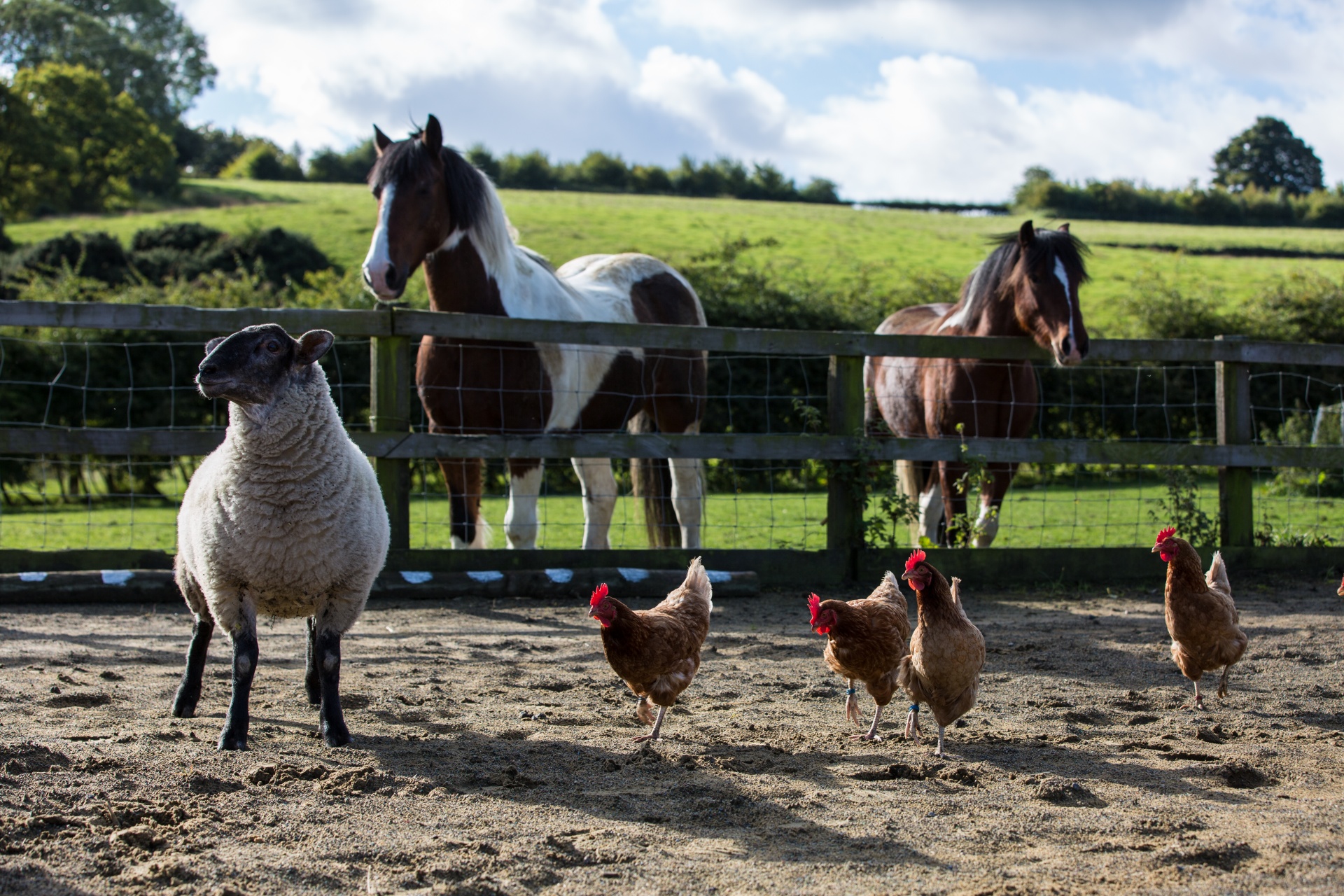Running a farm or any other business is like gambling… but life is not a casino where everything is against you. Life is a betting game in which you set your own rules. In particular, you can manage your own exposure to risk. In the case of a casino, the only analogue is the choice between visiting a casino or not. From an economic point of view, there is only one right choice: never go to such places.
The equivalent of a casino is any business venture that has made a few people millionaires — often the earliest followers — while more than 99% of followers lose money, and if they don’t leave before it’s too late, they go into debt. This creates a negative risk profile: the money that the lucky few earn is less than the money that everyone else loses, therefore, in general, this is an enterprise with a negative risk profile.
The good news is that there are many other risk profiles that businesses can have, and many of them have a net positive risk profile, and some of them are almost guaranteed to be quite profitable, and although any of them may fail and lose your money, there are risk management techniques that can reduce, and often practically eliminate their chances of going bankrupt in agricultural enterprises, while increasing the likelihood of making a profit.
The underlying concept of the system, called enterprise theory, is that risk management through diversity is the key to achieving dynamic stability in the farming business. In particular, the variety of businesses on the same farm. This means that there are several sources of income and businesses that do not depend solely on one culture or product and that thrive in slightly different conditions. By doing so, you reduce vulnerability to factors such as weather events, market fluctuations, or other unforeseen circumstances that may affect an individual enterprise.
One of the keys to understanding risk on a farm is Murphy’s: everything that can go wrong will go wrong sooner or later. For example, if the weather conditions in a given year negatively affect one fruit crop, then other crops can benefit from the same conditions, ensuring that total income is not affected substantially. This way you can prepare for any eventuality. Since everything that can go wrong will go wrong, strategically position businesses so that when some go wrong, others go exactly as they should.
A specific example of this approach is planting an orchard with apples, plums, sweet and sour cherries. However, since these crops take time to mature and begin to bear fruit, you can also plant berry bushes such as raspberries, blueberries, currants, honeysuckle and goji bushes between the trees. These berry bushes will begin to bear fruit earlier, and you can earn income while waiting for the fruit trees to mature.
In addition, portable broiler pens can be used to generate income in the first season, which move along alleys between rows of fruit trees and berry bushes. This allows broilers to be raised for meat production, providing an additional source of income and other benefits such as soil fertilization and pest control.
It is important to note that the production strategy discussed here is based on a direct-to-consumer sale, such as selling through distribution points or markets in nearby cities. This approach allows you to get a higher profit margin compared to wholesale and is better suited for small-scale or medium-scale production of several different products. Wholesale is more suitable for very large-scale production of individual products, since the profit margin is very small.
By applying enterprise theory strategies such as diversifying enterprises in a complementary way, managing risks, direct sales to consumers, and ensuring dynamic stability, farmers can increase their chances of success and profitability by minimizing the risks associated with farming enterprises. It is important to carefully plan, manage resources and constantly adapt to market conditions in order to reduce risks and increase the potential for financial stability and success in agriculture.
Image sources / Источники изображений
- farm-animals-1461507973tkq: George Hodan


Leave a Reply